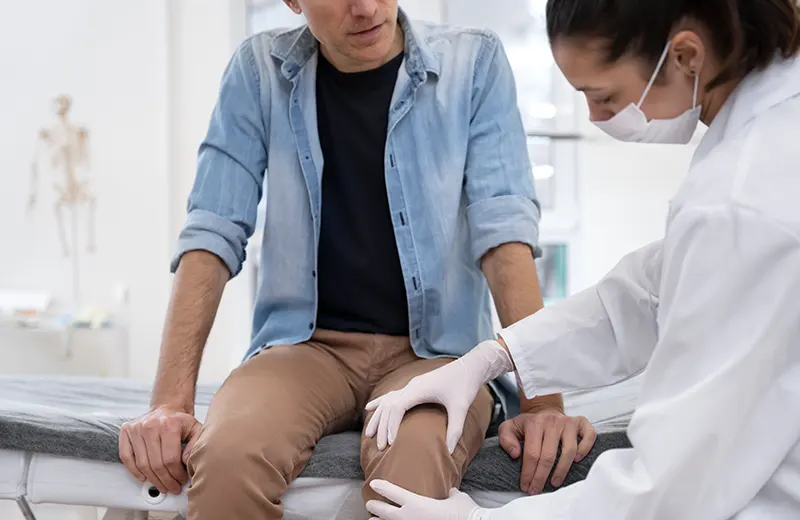Peripheral Arterial Disease (PAD) is a condition where narrowed arteries reduce blood flow to the limbs, typically the legs, causing symptoms like leg pain during walking and leads. It is commonly caused by atherosclerosis and can lead to serious complications like ulcers and limb loss if untreated. Interventional Radiology (IR) plays a key role in diagnosing and treating Peripheral Arterial Disease.
Common IR procedures for PAD include
Angiography
Imaging of blood vessels to locate blockages.
Balloon Angioplasty and Stentint
Inflation of a balloon to open blocked arteries and deployement of stent.
Atherectomy
Removal of plaque buildup from the arterial wall.
Thrombolysis or Thrombectomy
Breaking or removing blood clots in acute cases.
These minimally invasive procedures restore blood flow, relieve symptoms like leg pain and claudication, and help to heal ulcers, infections there.
